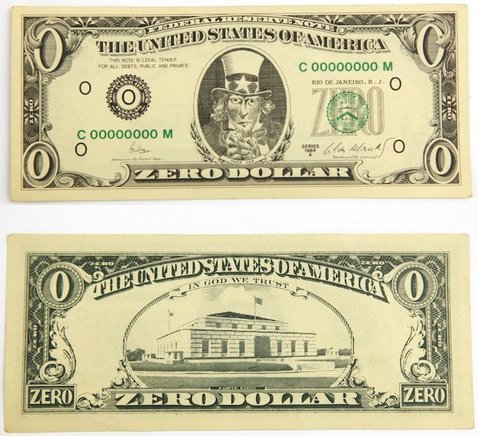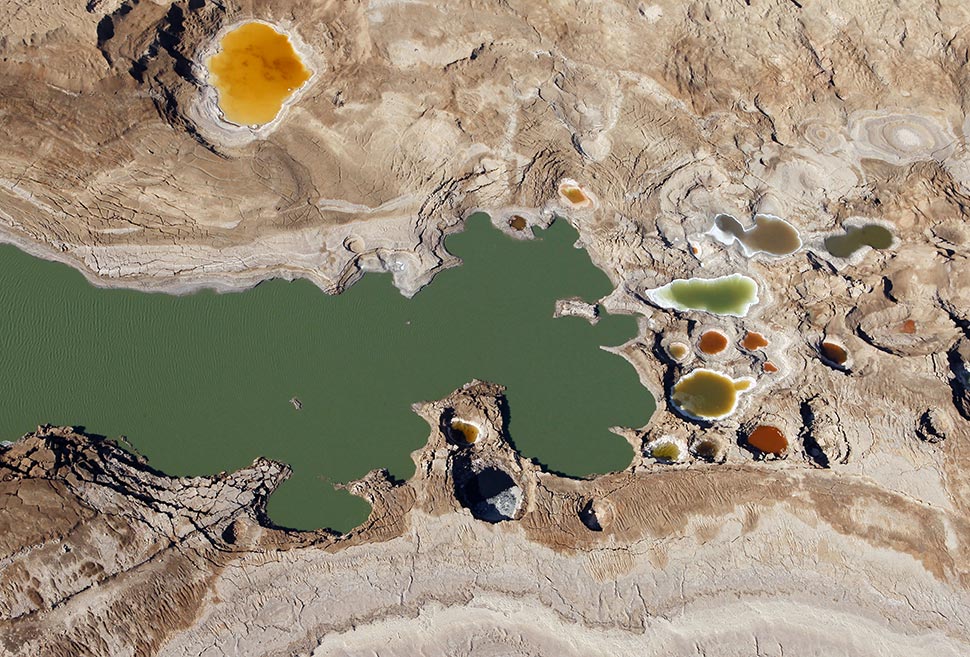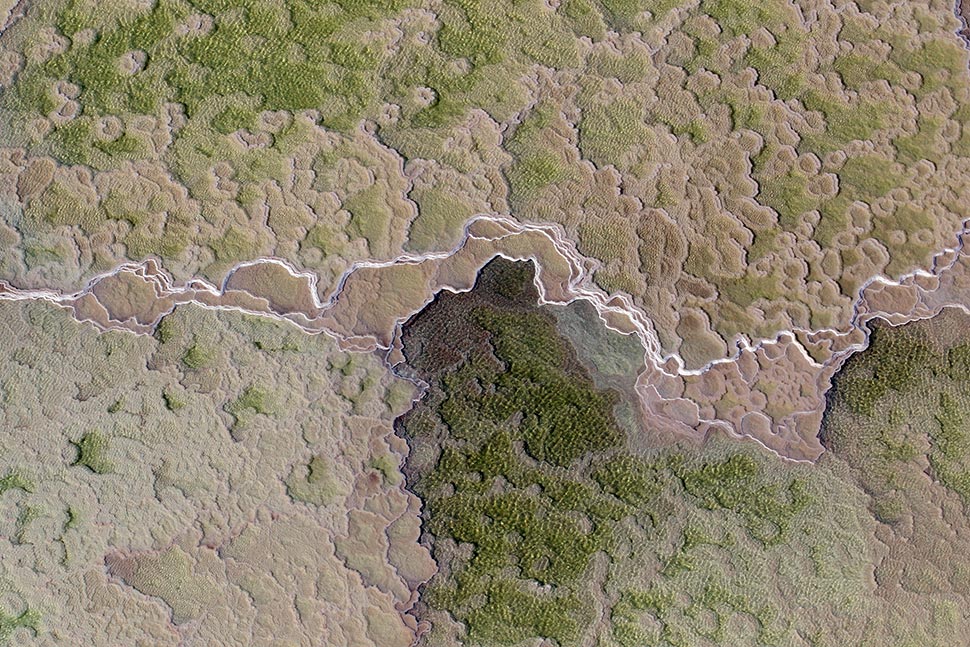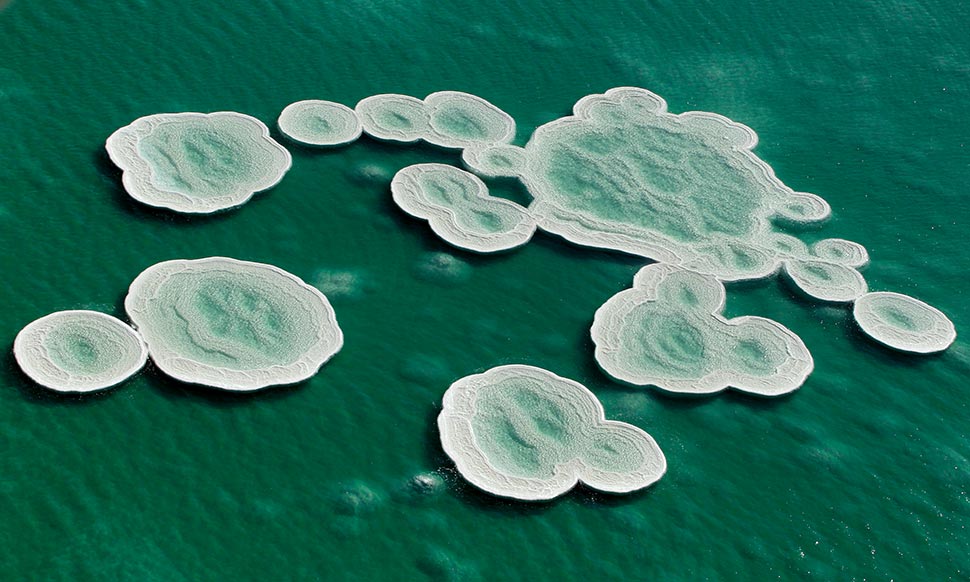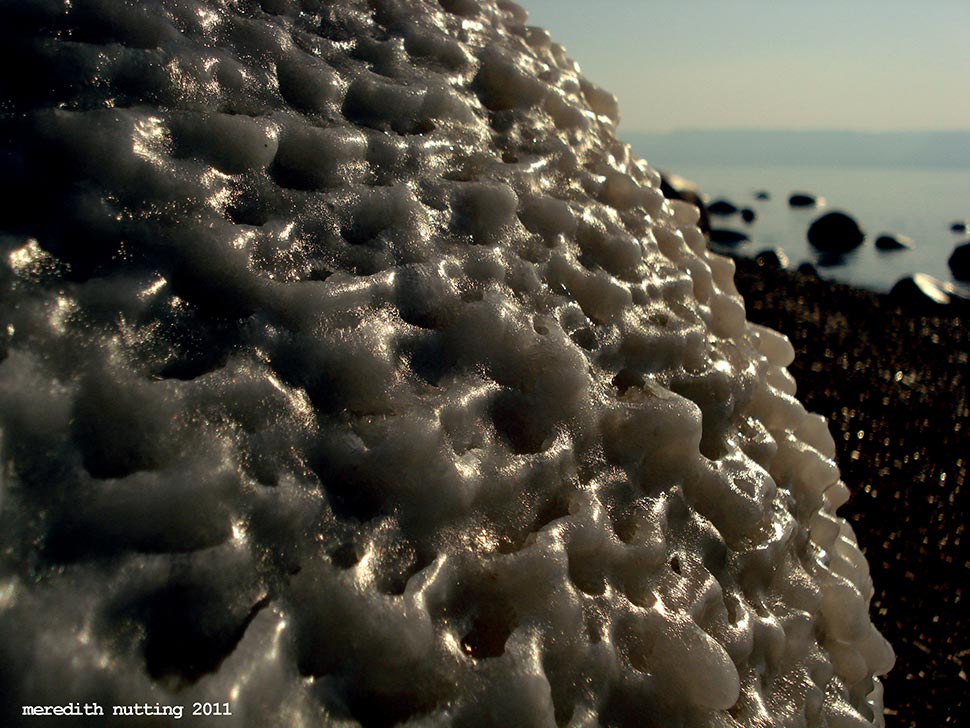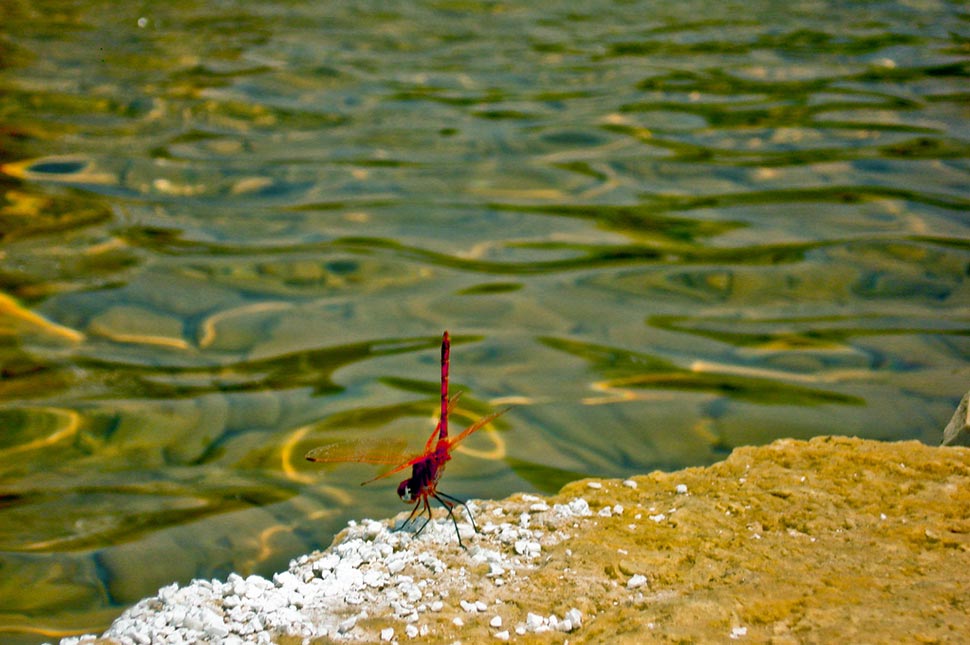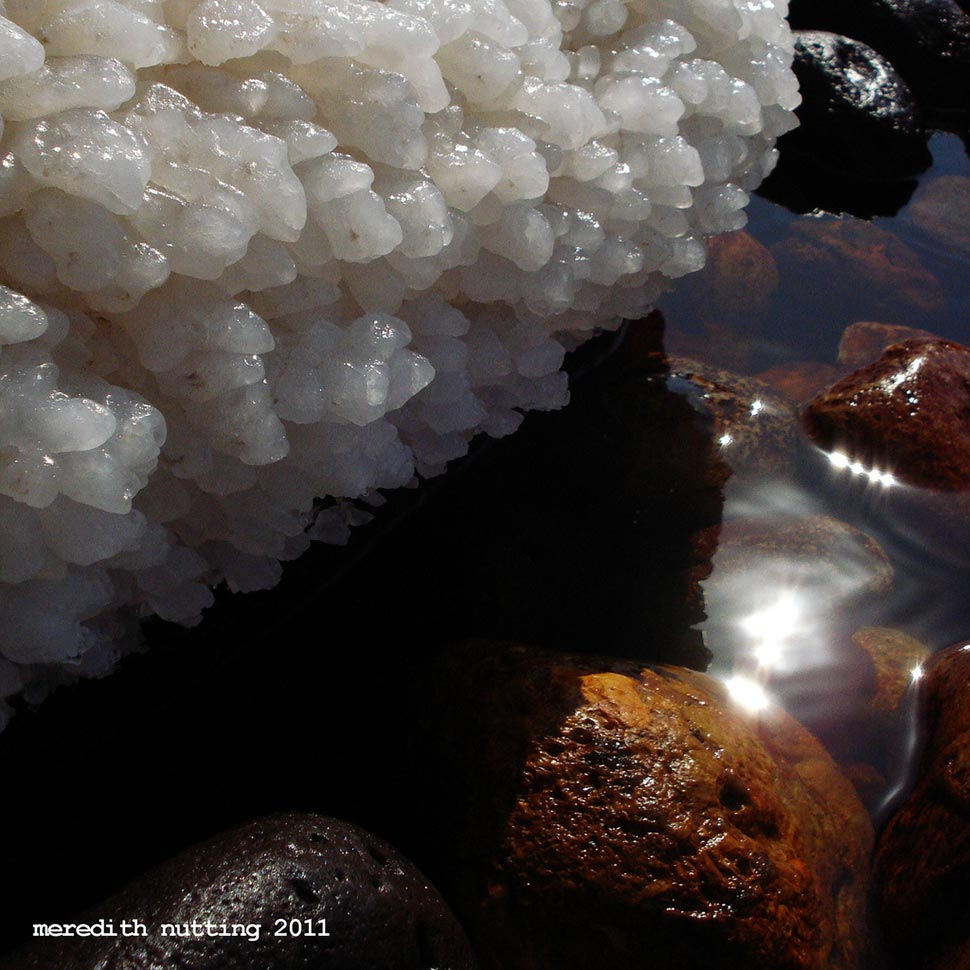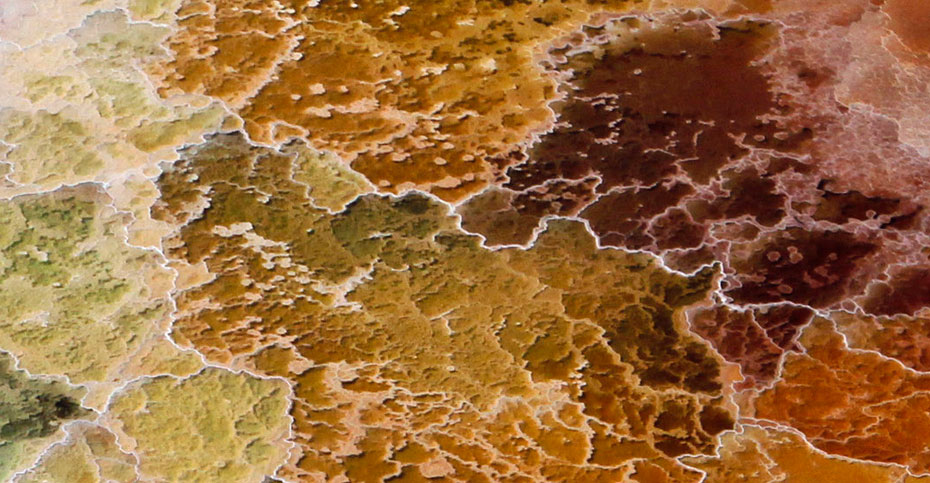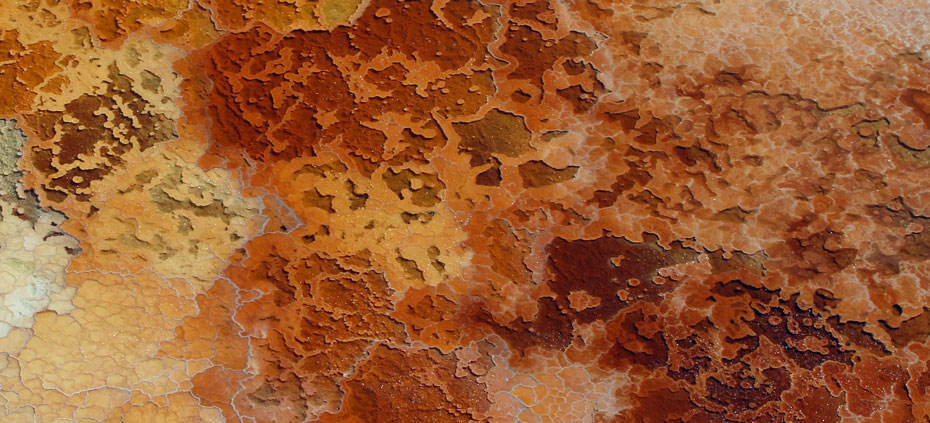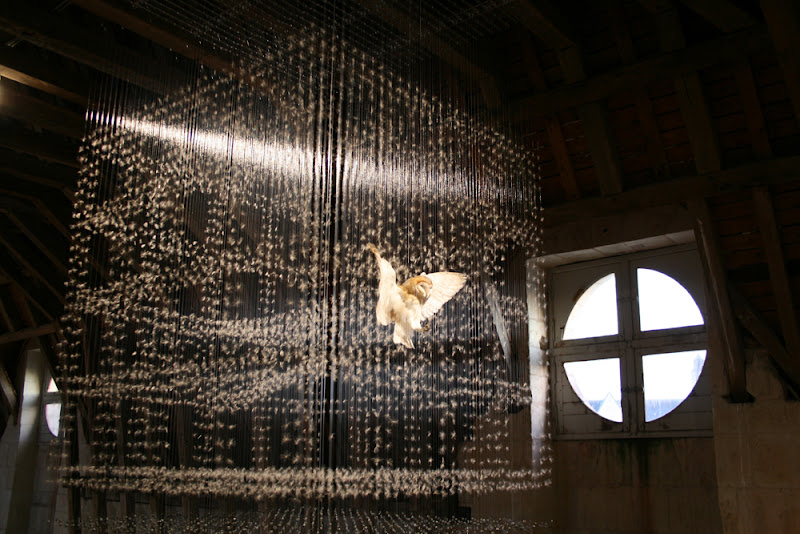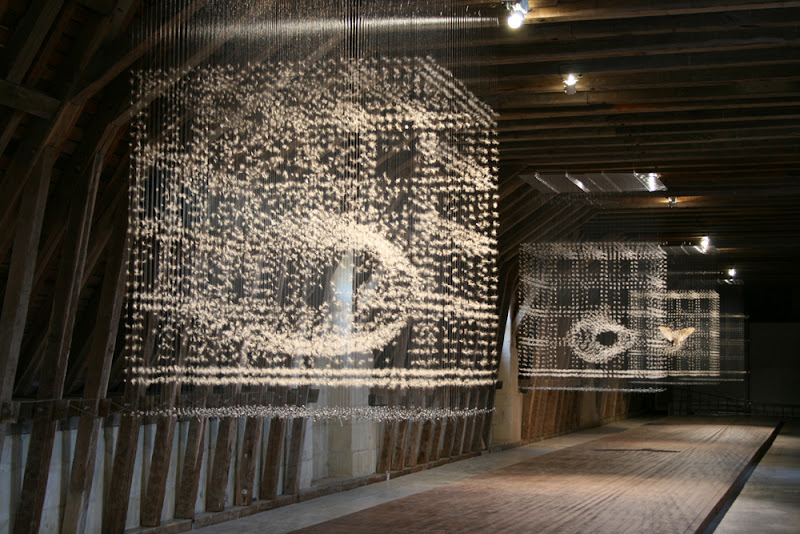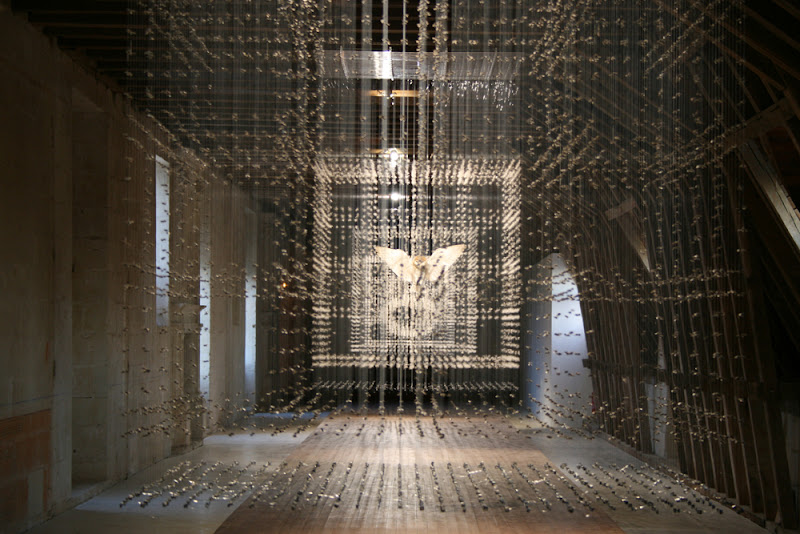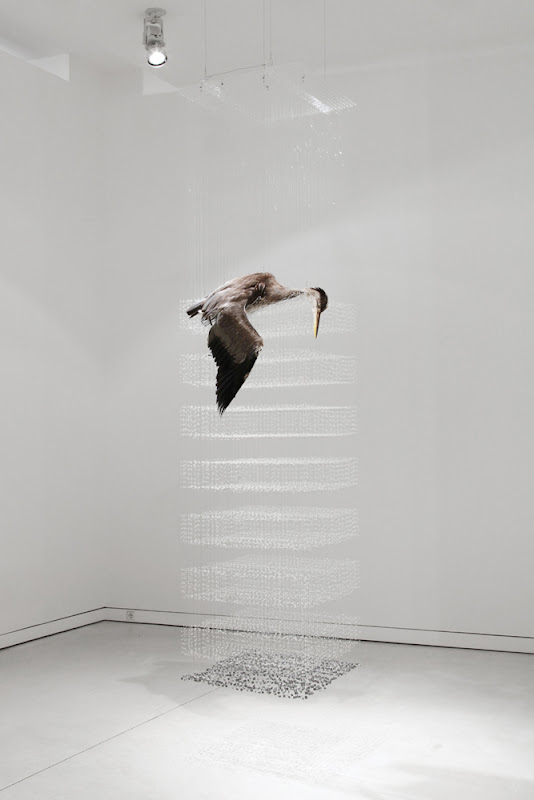Why we shouldn't let Google (or anyone else) claim their private services are public spaces:
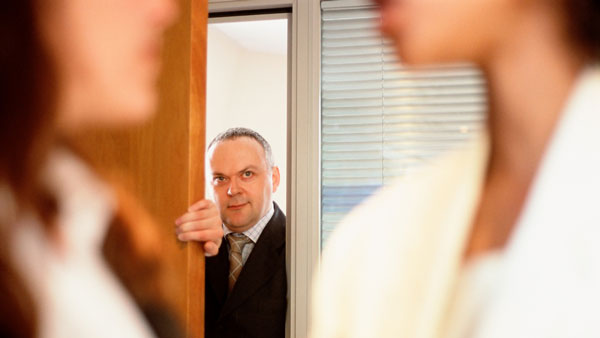
Photo: Shutterstock.
At Google+, Tom Anderson argues that Google's "don't be offensive" policy is good precisely because Google+ is a public space.
On the contrary, it's the insistence that Plus is a public space that makes such policies troublesome, rather than mere quality control.
Conduct rules are, by and large, a good thing for any private venue that wants to avoid turning into a cesspool. They're desirable in all sorts of other private contexts, too; a good example is a newspaper that doesn't want to publish every deranged Letter to the Editor that comes in, or a quiet restaurant that needs to turf out an abusive patron. Guests in your home can't demand the right to say anything they like in your lounge.
Likewise, deleting offensive content would be just fine if Google stopped marketing Plus as a public venue where you (rather than Google) can express your "real life" personal identity.
No-one—not MG Siegler (whose naughty avatar precipitated this mini-fuss) or anyone else—has the right to be published by Google. So everything Tom says about social networks applying policies is just fine—so long as they don't claim to be public spaces.
By doing this, Google's encouraging a kind of double-think. It's private in all the respects that serve Google's business interests and protect it from liability and risk, but public in all the respects that make us want to use it. But in trying to have its cake and eat it, Google ends up staking an implicit claim to quality-control over what people think is public speech.
It's telling that Tom offers shoppings malls as an example of a "public" place similar to Google+. In fact, almost all malls are entirely private settings, which is why they have the right to boot out people wearing offensive shirts. Just because lots of people are somewhere, that does not make it public.
Google might not be evil, but there are plenty of evil people who stand to benefit from the blurring of public and private life; and who'd love to take advantage of the systems it's building to maintain a close eye on all of it.
Does it really need to be explained why all this is bad? The courts have spent centuries determining reasonable limits of free speech in public settings: we don't need private corporations absorbing the public sphere, providing governments and themselves easy mechanisms to marginalize anyone unwilling or unable to play nice inside the walled gardens.
The U.S. Constitution defines a right to free speech for many reasons, not least because it's never just about the proverbial middle finger. The rationale of public decency and safety can be extended to silence critics, as well as coax decency out of scandalous, unshaven thugs like MG Siegler.
Don't let private companies represent themselves as public spaces. 'Cause they ain't.






